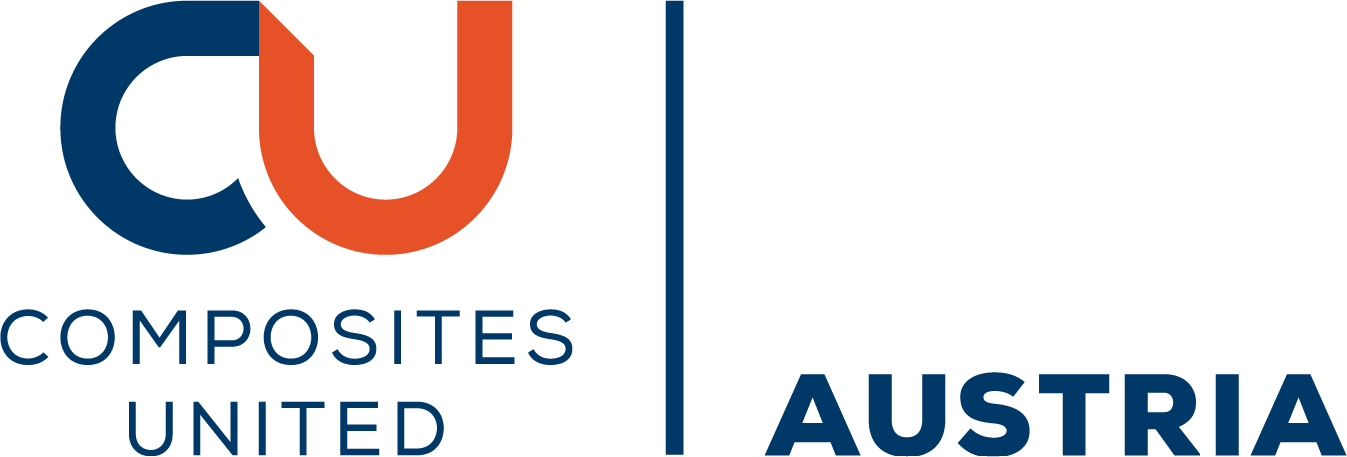
A Resin Infiltration Model to Optimize Transparent Wood Production
Please login to view abstract download link
Transparent Wood (TW) is a promising composite characterized by lightweight and transparency to visible light, along with its sustainability (see references in [1]). By using successive treatments (i.e., delignification, infiltration with suitable resins and, eventually, functionalization) TW becomes a good candidate to replace glass and plastics in several industrial applications, such as construction, automotive, electronics and furniture. The AI-TranspWood project [1], funded by the European Commission, has the ambition to create an AI-driven multiscale methodology for TW composites. In this context, modelling of resin infiltration into delignified wood is an important step to understanding and optimizing the fabrication of TW products. In the present work, TW samples were prepared starting from pristine birch and balsa wood (0.7 – 1.4 mm thick), cut into 5 cm squares. The delignification was achieved by immersing the samples in a solution at pH 4.6 containing 1 wt% sodium chlorite, at a temperature of 80 ⁰C for a total time of 18 h. The infiltration of a monomer (HEMA) was carried out under vacuum for up to 18 h. The infiltrated wood was sealed between two glass plates and placed in an oven at 80 ⁰C for 4 h to allow the polymerization of HEMA. The numerical model is based on the Darcy law with flux J=k(S)/μ∙∇p where k(S)=Sk_0 is the intrinsic permeability tensor, µ the fluid viscosity, ∇p the pressure gradient, and S=S(p) is the saturation. The saturation curve S(p) is determined by the pore size distribution given by a mean and standard deviation. The material properties are assessed starting from the ones of pristine wood available from the literature [2]. REFERENCES [1] P. Kivikytö-Reponen, S. Fortino, V. Marttila, A. Khakalo, K. Kolari, A. Puisto, D. Nuvoli, A. Mariani. An AI-driven multiscale methodology to develop transparent wood as sustainable functional material by using the SSbD concept. Computational and Structural Biotechnology Journal, 25: 205-2010, 2024. [2] P. Perré and I.W. Turner. Determination of the Material Property Variations Across the Growth Ring of Softwood for Use in a Heterogeneous Drying Model - Part 1 Capillary Pressure, Tracheid Model and Absolute Permeability. Holzforschung 55(3):pp. 318-323, 2001.






